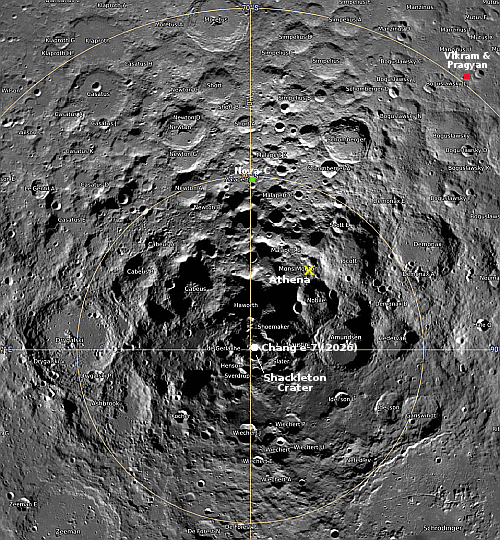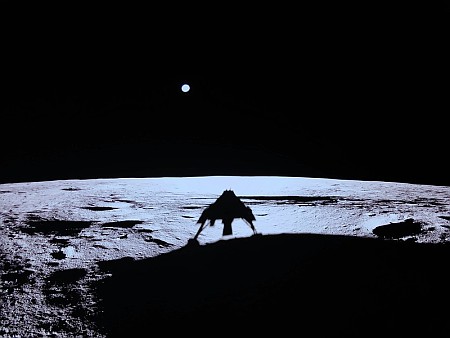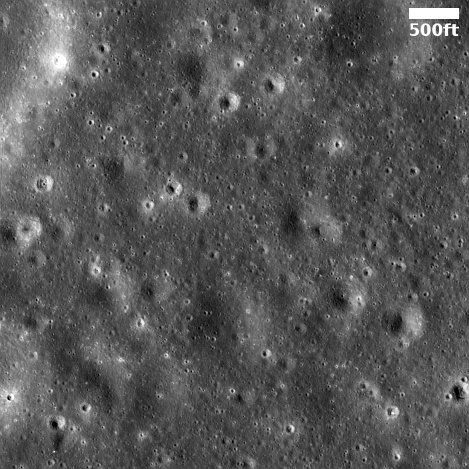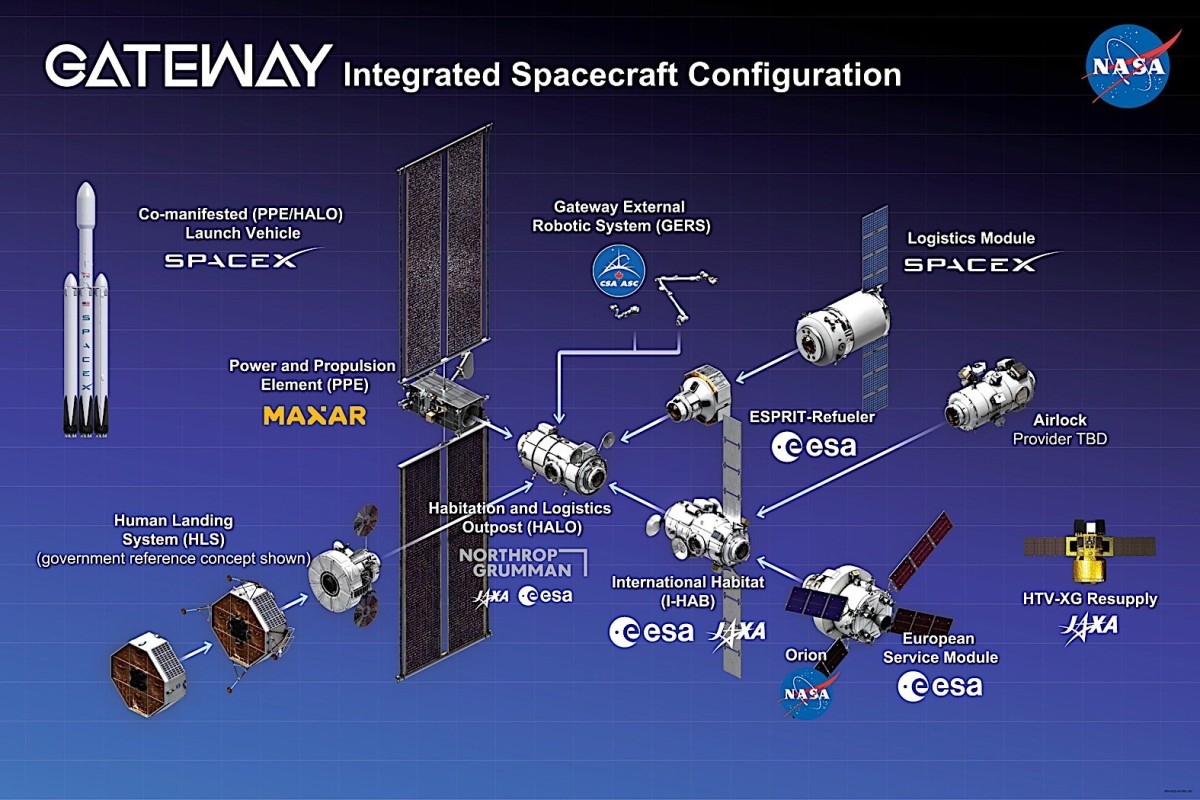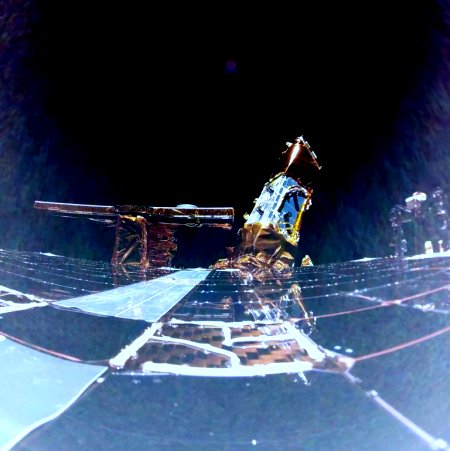Future now very dim for Lunar Trailblazer
Though engineers are continuing attempts to re-establish contact with the orbiter Lunar Trailblazer as it flies outward after launch, the situation is becoming increasingly grim.
Based on telemetry before the loss of signal last week and ground-based radar data collected March 2, the team believes the spacecraft is spinning slowly in a low-power state. They will continue to monitor for signals should the spacecraft orientation change to where the solar panels receive more sunlight, increasing their output to support higher-power operations and communication.
The problem is that, without communications, the spacecraft was not able to do several mid-course corrections that would have sent it on the right path to the Moon. Though it might still be possible to get it to the Moon, communications must be re-established soon to do so.
Though engineers are continuing attempts to re-establish contact with the orbiter Lunar Trailblazer as it flies outward after launch, the situation is becoming increasingly grim.
Based on telemetry before the loss of signal last week and ground-based radar data collected March 2, the team believes the spacecraft is spinning slowly in a low-power state. They will continue to monitor for signals should the spacecraft orientation change to where the solar panels receive more sunlight, increasing their output to support higher-power operations and communication.
The problem is that, without communications, the spacecraft was not able to do several mid-course corrections that would have sent it on the right path to the Moon. Though it might still be possible to get it to the Moon, communications must be re-established soon to do so.


